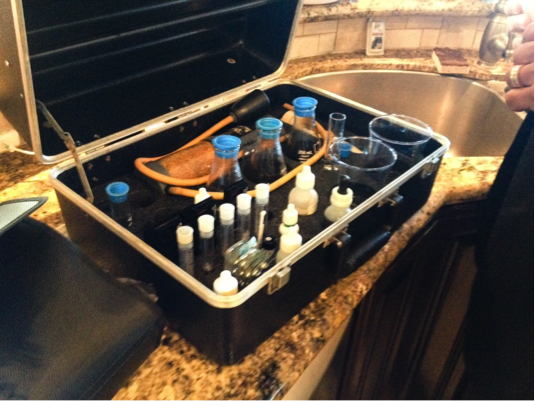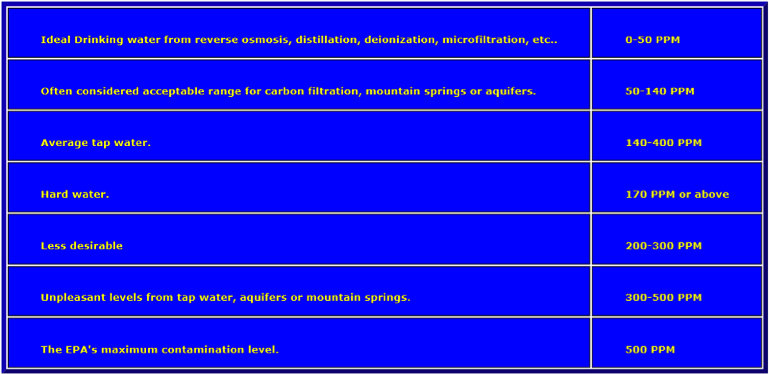
Local water authority cited for Lead and Copper Rule violation

On Jan. 29, the Clear Lake City Water Authority (CLCWA), and Water Production Department, mailed a letter to its customers in the Clear lake area, which serves a population of approximately 77,046 people, indicating a violation of the Lead and Copper Rule (LCR).
The CLCWA is required to submit 30 samples to the Texas Commission on Environmental Quality (TCEQ), the federal agency responsible for drinking water quality, every three years. During the time period of June 1 through Sept. 30, 2015, the CLCWA had provided 12 samples out of the required 30 from households located in the authority’s distribution system.
The CLCWA is required to monitor the public’s drinking water for contaminants on a regular basis. Lead exposure can damage the brain, red blood cells and kidneys and is especially harmful for young children and pregnant women. Levels of copper exposure exceeding 1.3mg can cause stomach and intestinal distress, liver, kidney damage and complications of Wilson’s disease in genetically predisposed people.
Denise Cazes, a nutritionist and a lecturer in Fitness and Human Performance, explains the vitality of quality drinking water.
“Water comprises anywhere from 50-70 percent of our total body weight and is the medium for many chemical reactions that occur in the human body,” Cazes said. “Water is a ‘universal solvent,’ meaning that so many different substances will dissolve in it, it is essential that we have reliably safe drinking water to maintain health and sustain life.”
Curtis Rogers, the director of utilities for the CLCWA for the past 30 years, said extra precautionary measures are being made.
“To ensure the safety of our community, we are doing everything possible to resolve this violation and collect the remaining samples,” Rogers said.
Rogers wants the Clear Lake area to know that the CLCWA is working on the remaining 18 samples for testing to clarify the violation.
“What people need to know is that, historically, we’ve had safe public drinking water,” Rogers said. “I have been here for 30 years and have only witnessed one sample that exceeded the maximum limit for lead or copper.”
Frank Sumner, a 7-year homeowner in the Clear Lake area, said he is very concerned that only 12-out-of-30 samples were submitted in 3 years.
“I have three boys and a wife who use this water on a daily basis,” Sumner said. “We, as paying customers, need to be guaranteed a quality product. The water authority needs to be held accountable when it comes to the safety of our community.”
On Feb. 17, B.J. Johnson, a water analytic for AquaTex, tested the water from a residential home within the CLCWA grid. Johnson tested the total dissolved solids (TDS) in the water that the household used every day and compared the TDS sample from a bottle of purified water to compare.
Using a TDS meter, the tap water read 350ppm (parts per million) and the purified bottled water tested at 10ppm.

Based on the United States Environmental Protection Agency (EPA) regulations, the maximum contamination level (MCL) for human consumption is 500ppm, which is what the water is testing currently in Flint, Mich. The average tap water tests between 140-400ppm and the desired water quality in the United States is under 200ppm.
“You want the cleanest water going in your body,” Johnson said upon testing the water quality. “Our bodies are genetically comprised of water, which is essential for producing new cells. So if you’re producing new cells with the cleanest/safest water, at the end of the day you’re going to be healthier.”
The CLCWA provided a statement in the Jan.29 letter to the Clear Lake residences that read “THIS IS NOT A NOTICE OF VIOLATION OF QUALITY!”
The violation is for failure to submit the required number of samples for testing. Until all 30 samples are tested, the quality of water remains unanswered. If anyone should have any further concerns about the water sampling, quality or safety of the drinking water, contact the CLCWA at 281-488-1164
